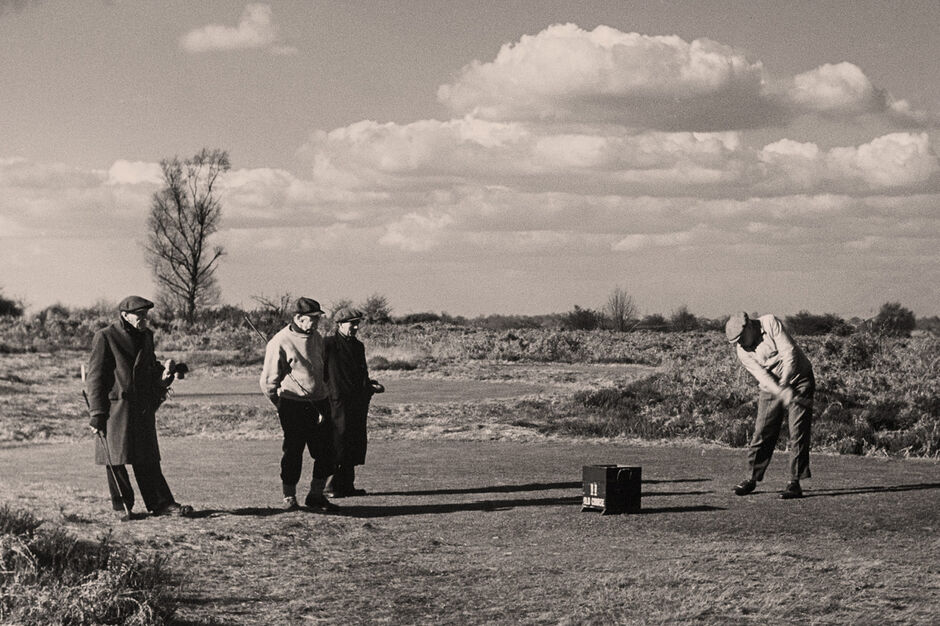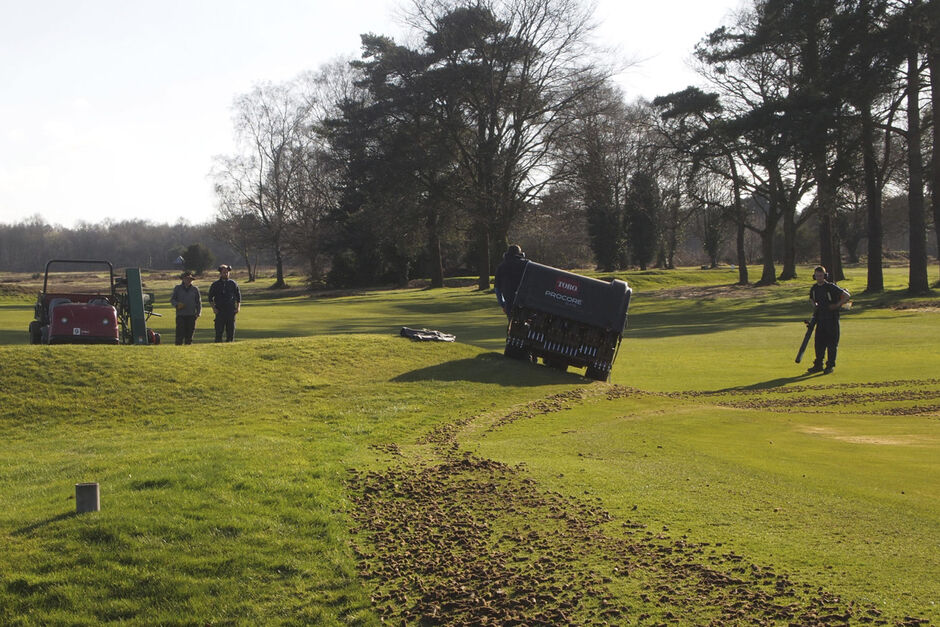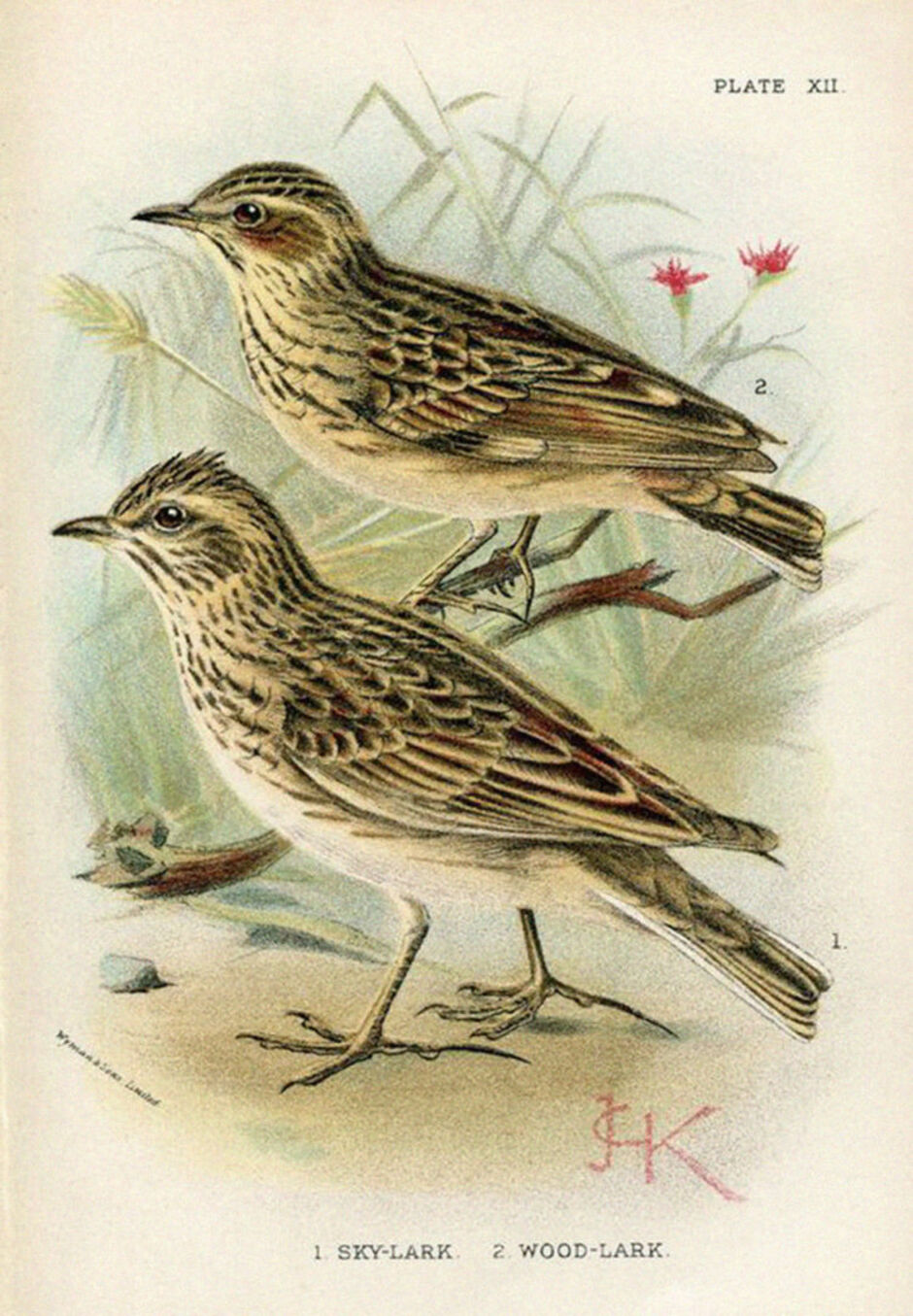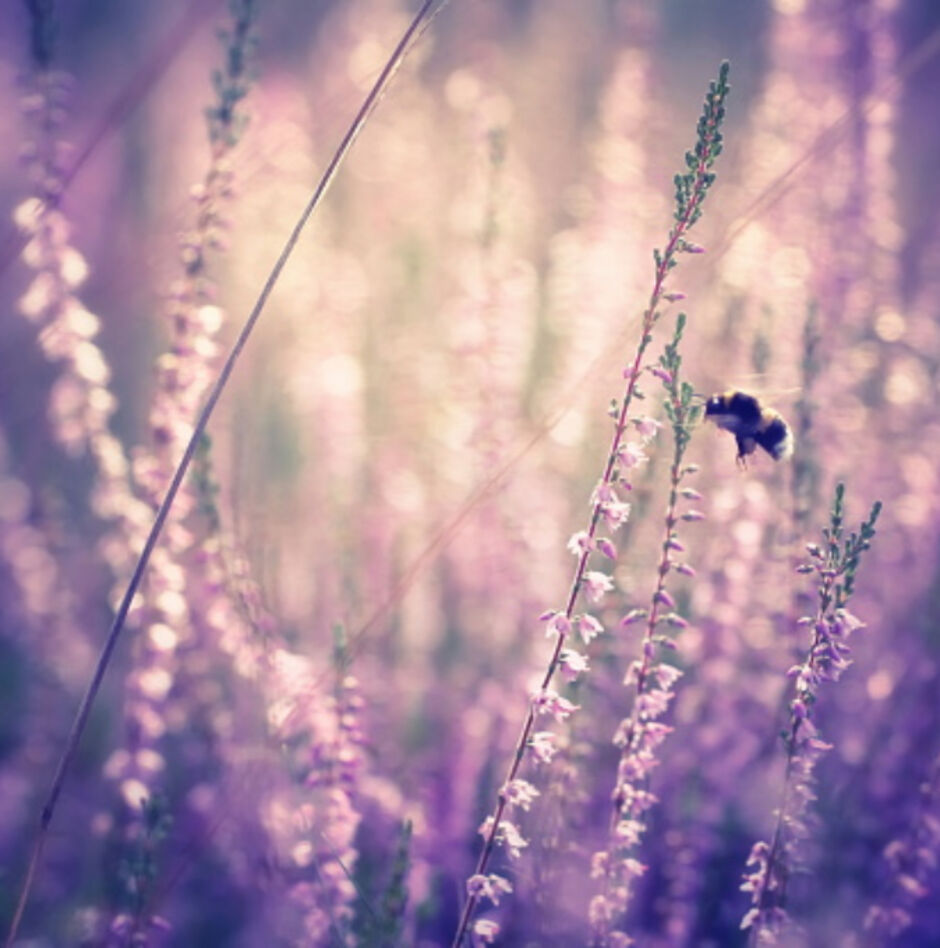
Environment
Heathland is complex and fragile; its proper management requires an understanding of the impacts of the past and the pressures of the present.
The common land into which today's golf courses are etched is a product of the agricultural society that prevailed at the time of the Norman Conquest. Land of practically any kind was granted to (or frequently taken by) the local people for grazing of livestock and gathering of fuel. With limited knowledge or means by which to manage the land, and with the arrival of the industrial revolution, by the end of the nineteenth century, the terrain around the manor of Walton-on-the- Hill was left nutrient-depleted and treeless.

Those conditions were, however, ideal for the creation of "inland links", as they were similar to those found seaside.
GOLF COURSES WERE CONSTRUCTED ON HEATHS THROUGHOUT THE COUNTRY, NONE MORE SIGNIFICANT THAN THE TWO ON WALTON CREATED BETWEEN 1902 AND 1913.
Those heaths, however, have suffered over recent times: during the last fifty years Surrey has become the most heavily wooded county in England, when heathland should have very few trees and those should mainly be in copses of pines. The profusion of silver birch, with its attendant encouragement of trees and grasses unsympathetic to heather and other heathland plants, destroyed heathland to the point in 2001 where Surrey had only one sixth of its historic heaths remaining.
AT WALTON HEATH SINCE 1999/2000, NINE HECTARES OF PURE HEATH HAVE BEEN RESTORED AND WOODLAND HAS BEEN REDUCED TO THIRTEEN.
The deterioration and loss of the remaining heath has been halted and the land is gradually being returned to an open expanse of thriving heather, healthy, managed grasses, and trees that belong and contribute, all lying within a traditional, open landscape.

This re-establishment of a natural, healthy environment has attracted heathland bird life back to Walton, notably about six pairs of Stonechat and upwards of twenty pairs of Meadow Pipits. Skylarks and even woodlarks have also moved back, setting up several territories and nesting in the generous areas between fairways. There are as many as forty pairs of Linnets enjoying safe nesting in the stands of gorse. The Yellowhammer's delightful call, "a little bit of bread and no cheeeessse" can be heard on the fringes of the course.
All of this heathland restoration must be managed simultaneously with the day-in, day-out presentation to members and guests of two fine championship golf courses. That is the balance that we do our best to strike: golf at Walton should be played on well-maintained high quality courses, but not at the expense of the natural beauty of the land and its wildlife.
THE GOLF COURSE IS ACCEPTED BY THE TERRAIN IN WHICH IT LIES, NOT THE OTHER WAY AROUND.


